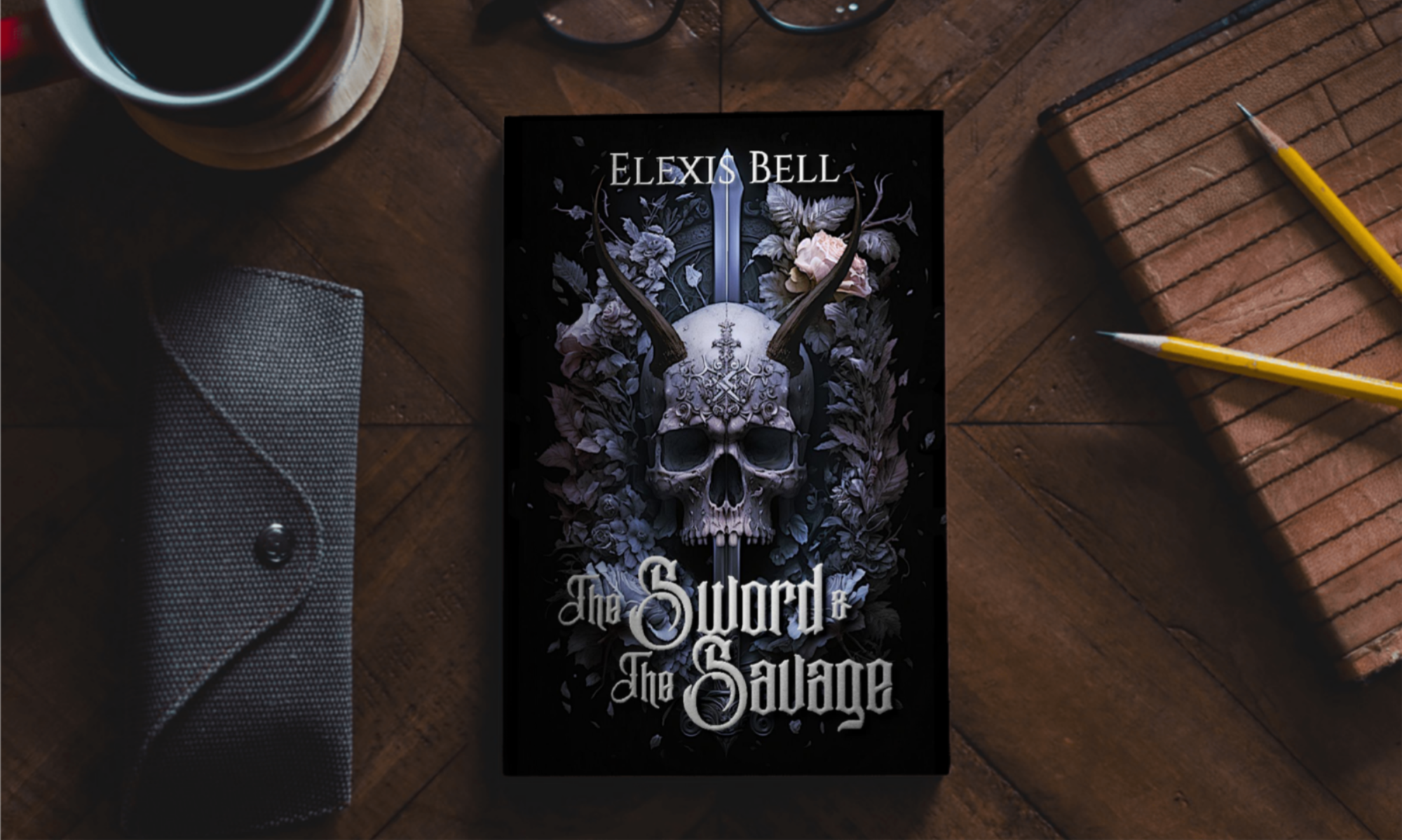So, starting an author platform is a daunting task. There are so many things that people say you HAVE to do, and then they go on to say that everything varies from one person to another.
Which is completely true, unfortunately.
There are few things that are constants from one author to another.
And as someone who has always been by the book (pun intended), someone who feels pressured to do what I “have” to do, in this case, it means I started this blog a few years ago when I started my author platform.
Having a blog was just the thing all authors were supposed to do.
So, I did it.
I set up my website, started my blog, set a schedule, and I never missed a post. Sometimes I forgot to tell people on social media that the post was up, but I always posted.
Every single week.
Not because I ever imagined myself to be some great blogger. Not because it made me happy.
But because I felt like I had to do it.
That’s kinda been the running theme of my life, honestly. I do a lot of things that I “have” to do simply because others said I needed to.
Even when it isn’t what I want for my life. Even when it stresses me out. Even when it takes time away from things I actually enjoy.
And though this blog hasn’t been all bad, it does stress me out, and it certainly takes time away from actually writing.
For two days, I’ve been agonizing over this, trying to figure out what the fuck I was going to write about tonight, which made the twelve hour shifts I worked both those days even worse. Instead of thinking about the scenes I’m working through for my books, instead of coming up with cover designs, instead of focusing on music or an audiobook, I was stressing out, trying to figure out something, anything that I could teach in this blog.
Which inevitably leads to a spiral of imposter syndrome, wherein I question whether I even have anything to teach or whether I’m just a big fat phony.
So.
It’s finally time.
Unless someone specifically requests a topic on social media, in a reply to my newsletter (subscribe below to hear about my books and my life every week), or in a message, I won’t be continuing the blog as an informational thing, nor will I be holding myself to the weekly or adjusted every other week schedule that I’ve held myself to in the past.
This will basically become a place for me to post maps or playlists or little world details for my books. I’ll post about inspiration for stories, as well as cover reveals. I might post major milestones in my writing process (finishing a round of edits or coming up with a cover design).
Basically, this blog will become sporadic, and it will definitely focus on my books rather than the craft of writing.
Don’t worry, whenever I post on here, I’ll let you know on my various social media pages (links below), or you can just check in whenever you want an update. 🙂
So, here’s to more time for writing the books that brought you here in the first place.
